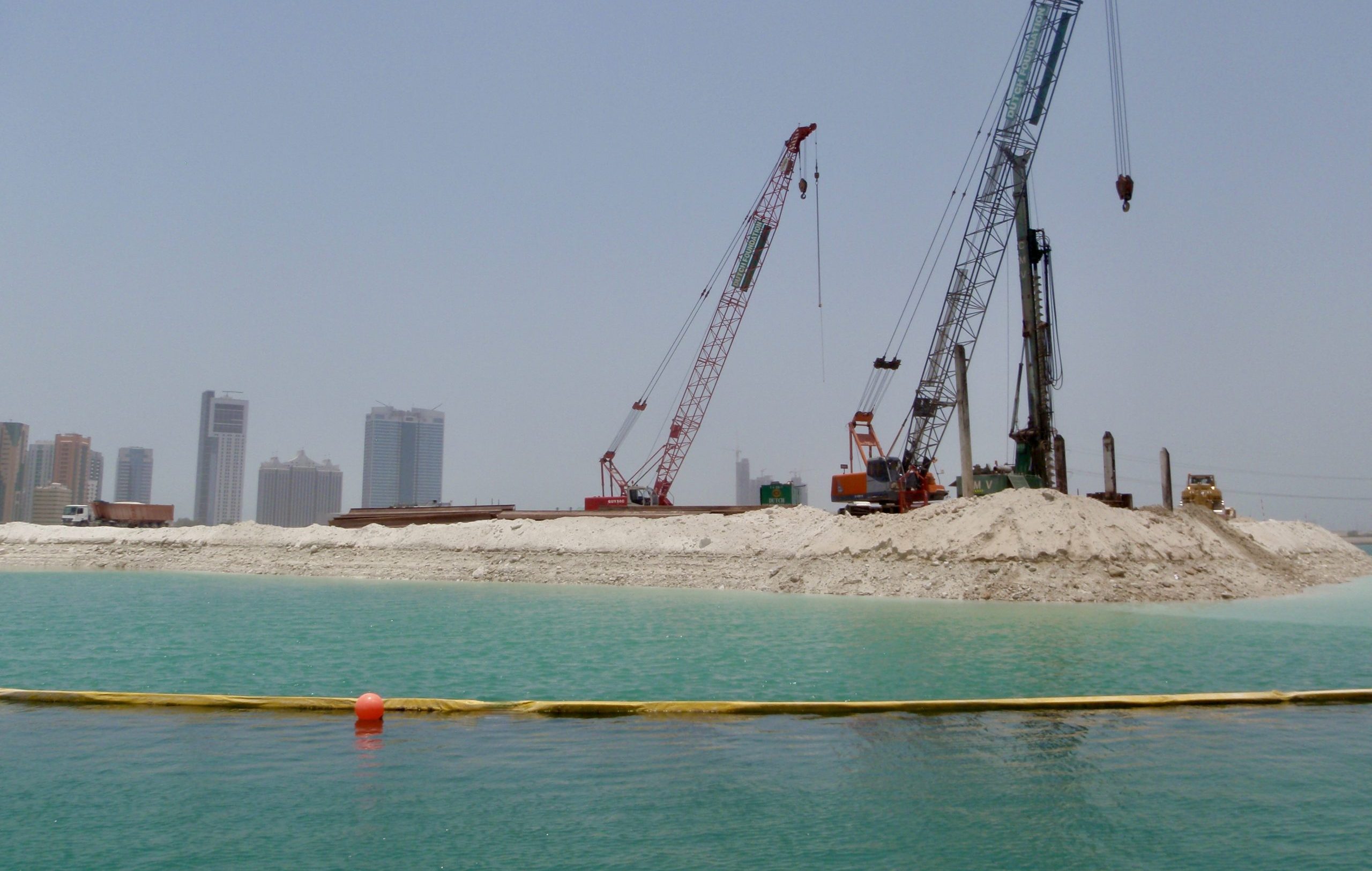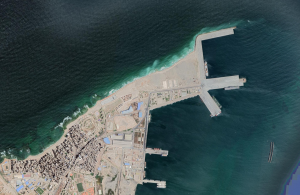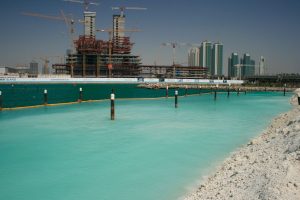
Egypt’s dredging plans come with environmental risks that can be mitigated through the use of systems such as silt curtains.
Earlier this year, the gigantic container ship, the Ever Given, got wedged in Egypt’s Suez Canal, creating a massive disruption to the world’s shipping and trading routes, with billions of dollars in revenue lost for every day of the ship being stuck.
The 20,000 TEU container vessel has a length of 400 metres and a width of nearly 60 metres, making it one of the largest commercial vessels currently in operation. The sheer size of the ship created major problems while trying to extract it, with diggers and tugboats working around the clock to free it, eventually succeeding after nearly a week of it blocking all shipping traffic.
Following the incident, Egypt’s president approved plans to deepen and widen the southern part of the Suez Canal, which would ‘lead to improvements in the ability of the guide (from the Suez Canal Authority) and the captain of any ship to navigate inside the canal’.
The plan includes widening the canal’s southernmost stretch by about 40 metres to the east, on the side of the Sinai Peninsula. That segment will also be deepened to 72 feet, from the current 66 feet in depth. This part of the canal is 30 kilometres long, the Suez Canal Authority said, adding that the project is set to last 24 months.

Meanwhile in November 2020, DEME, the Belgian provider of dredging solutions, announced that it has secured a large contract for the Abu Qir port project in Egypt, a megaproject that will include the reclamation of 1,000 hectares of new land, the deepening of the port’s approach channel to 23 metres, and the dredging of a turning basin to 22 metres. A total value of 150 million cubic metres will be dredged, the company added.
The ambitious megaproject will not only create land for the further expansion and development of Abu Qir, which boasts an ancient history and is slated to become a bustling economic hub, supplementing nearby Alexandria, but it will also ensure that a large multifunctional port facility can be developed adjacent to the Abu Qir Container Terminal, which is currently under construction. The project is due to be completed in 2023.
Clearly then, there is a lot of scope for dredging works in the North African country, with the Egyptian government seeing it as a key part of their plans to grow and develop their coast- and-river waterfronts.
Dredging risks
However, dredging comes with a significant amount of risks and if it is not carried out properly, can cause millions, if not billions, of dollars’ worth of damage. Therefore, there are several ways contractors can provide proactive protection to minimise the impact of their dredging operations on surrounding ecosystems.
For instance, the deployment of silt curtains around a dredging site can have a major impact on the turbidity of water around the site. The curtains act as a settlement pond, allowing for particles in the water to settle, while reducing the area of spread and chances of the silt being re-suspended.

While silt curtains are often a temporary measure to mitigate the impact of dredging or reclamation works – Ecocoast’s have been utilised across several of the Middle East’s massive port construction projects – they are also finding a place in Europe’s well-used, but often historically polluted waterways. The silt on the bottom of these waterways contains heavy metals and other chemicals. Given the volume of traffic through the Suez Canal since its opening, it would be fair to assume that this was also the case there.
The positive results that come with using silt curtains and other protective measures show why it is important to minimise the risks associated with dredging. It is well documented that dredging can cause the reclamation site and the dredging site to undergo biological, physical and chemical impacts, with delicate ecosystems irrevocably altered or even destroyed.
–
At Ecocoast, we engineer products to protect our coastlines and waterways. Get in touch to know more!